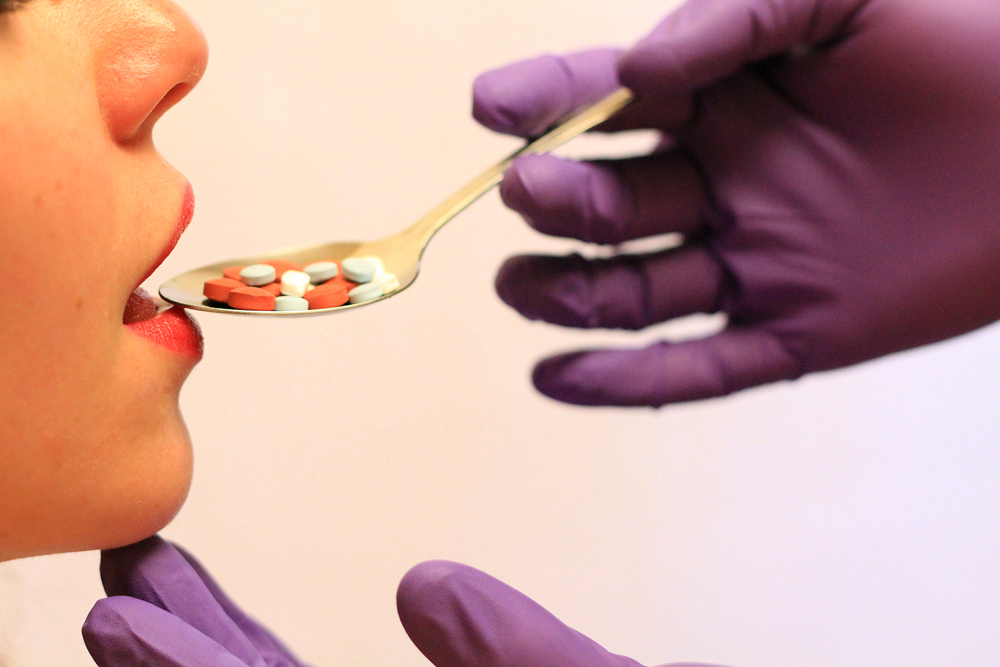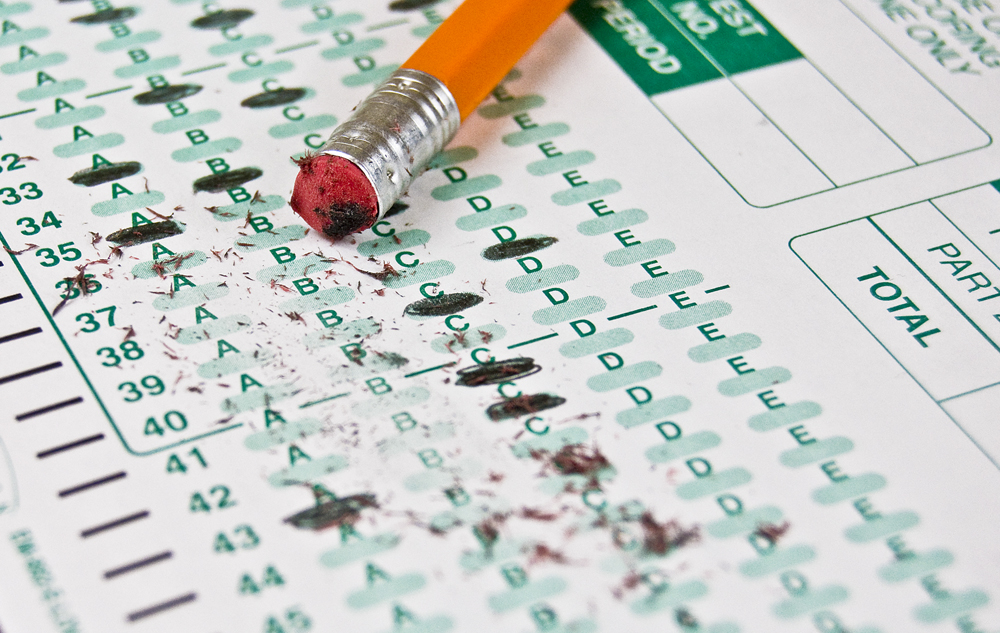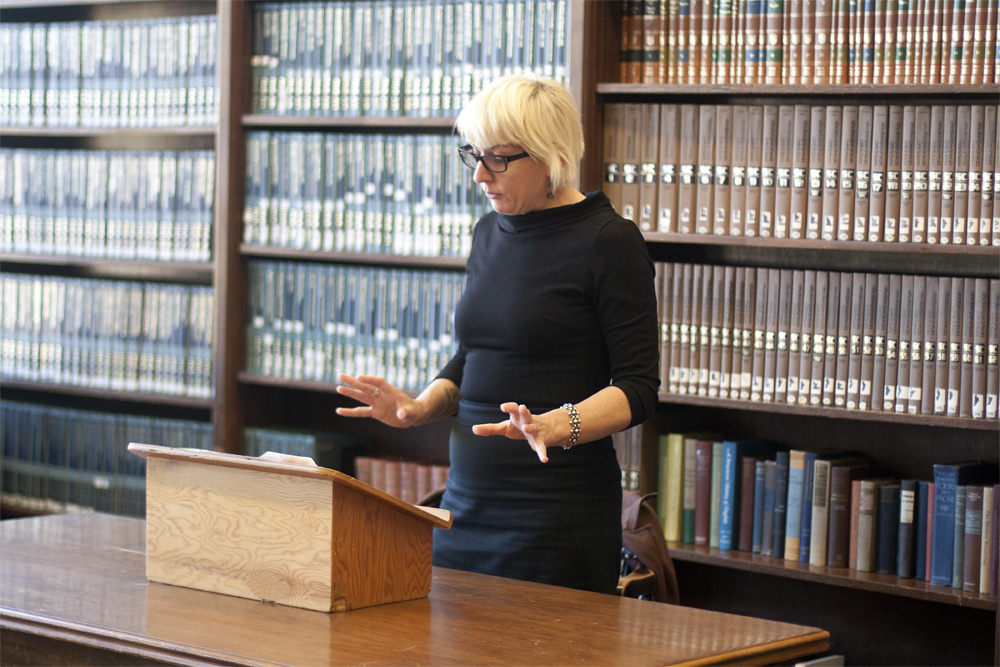There aren’t many certainties these days. Change happens overnight, and there’s little we can predict anymore. Like, will the government shut down again in a few months, or will politicians do the work we expect them to? Who knows?
For better or for worse, however, there is something pretty much every woman can look forward to monthly. That marvelous, fun-filled week to 10 days affectionately known by many terms—one of which is your period—and its close friend PMS.
For some fortunate souls, it’s hardly a blip on their radar, and the idea of not having a period scares them more; for others, it’s that time when our reproductive system and hormones seem to have hijacked our bodies, and a warm bed and painkillers don’t even do the trick.
It’s what makes us women, right? If we were true feminists, we would embrace and celebrate the beauty of this rite and bask in the glory of womanhood. It’s the gift that keeps on giving. So why are some people calling it a mental disorder? Yes, you heard me. I recently heard the term “premenstrual dysphoric disorder (PMDD).” Not to be confused with PMS, which is in a whole different genre.
These days, there’s a label for everything and a disorder for how you eat your cheese. Soon they’ll be calling childbirth “fetal evacuation syndrome.” I’m no expert, but it seems that in the last 20 years disorders have increased exponentially, in large part because they’ve been given fancy, complicated names. So I was skeptical. PMDD sounded a whole lot like B.S. Then I heard an interview on NPR with a sufferer of PMDD, Amanda Van Slyke, who admitted that every month, at that time, she’d be so depressed she couldn’t get out of bed. She said,“You feel like killing yourself…you have so much anxiety, you can’t leave your house.” Another woman said she absolutely loathed herself and told her friends to leave her alone for a few days until she returned to her normal self again.
Imagine that happening every month, for at least a week. That means you feel “normal” for about three weeks at a time. That’s a major chunk of your life. Suddenly a few cramps and bloating don’t sound that bad.
Still, I wondered, is it really a disorder? How do you decide whether you’re having the mother of all periods or if you’ve got a mental problem?
According to the American Psychiatric Association, PMDD is diagnosed when symptoms occur for at least two successive months, disrupt a woman’s ability to carry out her daily activities and when the depression occurs during her period, not the rest of the time. In other words, as Dr. C. Neill Epperson, director of the Penn Center for Women’s Behavioral Wellness, explains, a woman experiences “symptoms under a certain hormonal state that are not there under another hormonal state.”
According to the NPR report, “Psychiatrists have been slow to formally recognize PMDD as a disorder, but that’s changed under the new Diagnostic and Statistical Manual, the DSM-5, which lists PMDD as a distinct mental disorder.” I wondered what the change was about.
I got my answer pretty easily. The report mentioned pharmaceutical companies, and I thought, “Duh! How could I be so stupid?” It turns out that the prescription drug Sarafem was approved as a treatment for PMDD by the Food and Drug Administration in 2000. Interestingly enough, Sarafem is no different from the antidepressant Prozac. In fact, its properties are identical.
According to NPR, “The patent on Prozac was about to expire, and manufacturer Eli Lilly faced losing market share to generic versions.” So what did they do? Changed the name to Sarafem, painted it pink—because, of course, it’s for girls—and then charged $10 a pill. The generic drug cost 10 cents a pill.
How utterly convenient.
I’m not saying PMDD isn’t real. For women who experience these horrific symptoms, they don’t care what it’s called. They just want relief. I get that and honor that, and having someone tell them they’re not alone is comforting. I am equally convinced that drug companies love these four letter acronyms and smile all the way to the bank with them.
For the large majority of women, PMS is a natural (albeit uncomfortable) sign of hormonal health. It means something is happening that’s supposed to happen. But we have gotten so used to silencing our bodies with medication instead of letting them tell us what’s going on that I wonder what will happen in the future if we start over-medicating the very process that enables us to have children.
Interfering with our bodies’ systems cannot and should not be taken lightly. Sarah Gehlert, Brown School professor of racial and ethnic diversity and scholar in Washington University’s Institution of Public Health, conducted a study that found only 1.3 percent of women fit the criteria for PMDD and even then, the biology behind the symptoms was still a mystery.
Gehlert has real concerns that “PMDD could be over-diagnosed, pathologizing healthy women who were experiencing normal hormonal shifts. After all,” she says, “there’s a lot of money to be made from it.”
There’s also the worry that the label of “mental disorder” could in fact be harmful to women. She wonders if, for example, a woman in a child custody case who has been diagnosed with PMDD could be seen as unfit to care for her child because she has a mental illness.
What it comes down to is that we need to think long and hard about who really benefits from diagnoses like these. When it seems like the drug companies are smiling far too widely, there’s probably something rotten going on.






